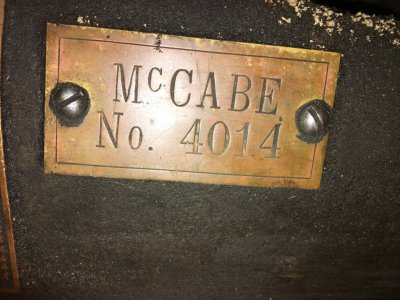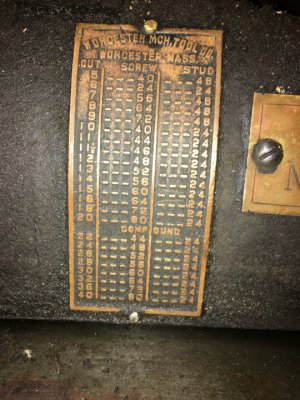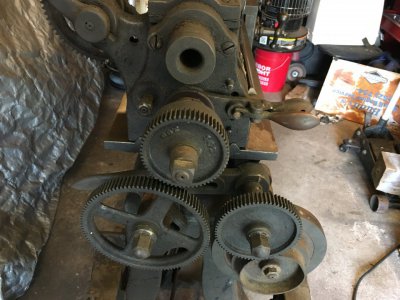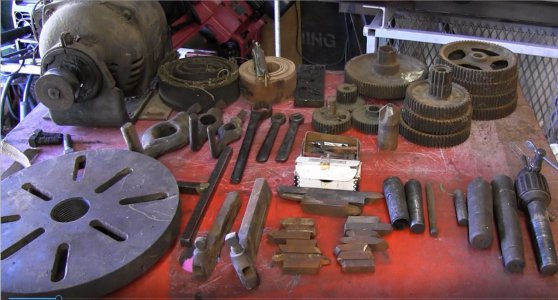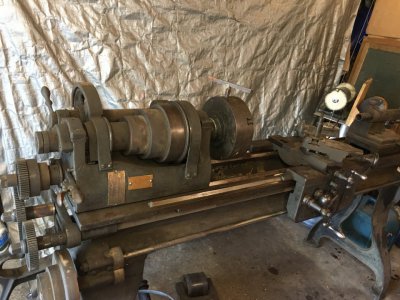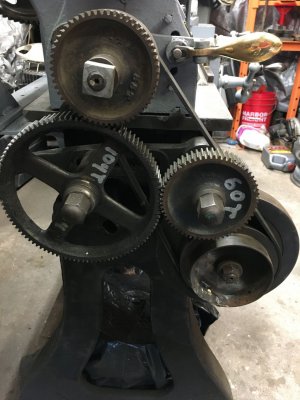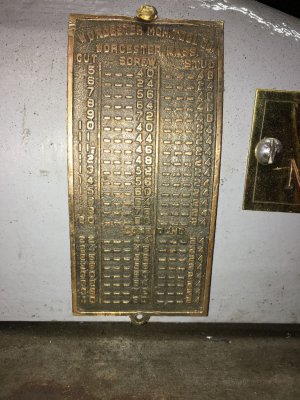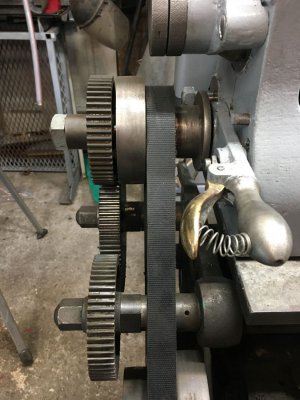- Joined
- Nov 5, 2020
- Messages
- 31
Below is the lathe as it sits in my shop. I need a bigger shop!
I am documenting all the work on the lathe in hand drawn diagrams, pictures, and video. Since this lathe is a bit scarce and over 100 years old, there is very little information on the web on these. I did find pictures of one similar to mine but had a few differences. J.J. McCabe went out of business in 1923.
I have not figured out the gear chart yet. Will have to study this a bit more, I guess.
I posted a few more pictures below and some of the accessories that came with it.
I am documenting all the work on the lathe in hand drawn diagrams, pictures, and video. Since this lathe is a bit scarce and over 100 years old, there is very little information on the web on these. I did find pictures of one similar to mine but had a few differences. J.J. McCabe went out of business in 1923.
I have not figured out the gear chart yet. Will have to study this a bit more, I guess.
I posted a few more pictures below and some of the accessories that came with it.


